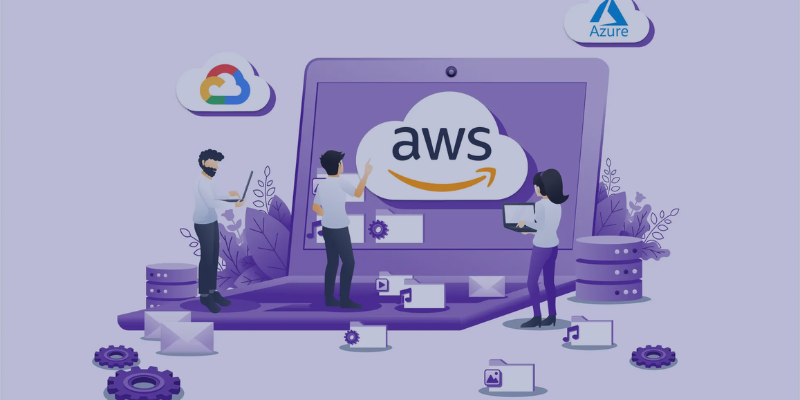
Understanding the core concepts of AWS Regions and Availability Zones is essential for anyone leveraging the cloud to build reliable, scalable applications. AWS offers a global infrastructure designed to provide high availability, fault tolerance, and optimized performance for customers worldwide. As organizations expand their cloud footprint, knowing how to effectively use these geographic and logical divisions can lead to better architecture decisions, enhanced user experience, and cost efficiency. Many professionals deepen their understanding through structured learning, with AWS Training in Jaipur often cited as a strong starting point for mastering foundational AWS infrastructure concepts.
What Are AWS Regions and Availability Zones?
An AWS Region is a physical location around the globe where Amazon has multiple data centers clustered together. Each Region is completely independent, isolated from others to provide fault tolerance and stability in case of localized failures. Within each Region, there are multiple Availability Zones (AZs), which are isolated data centers with independent power, cooling, and networking. This design allows users to deploy applications across multiple AZs within the same Region to achieve high availability and disaster recovery.
By distributing workloads across Availability Zones, companies can minimize downtime caused by hardware failure, power outages, or natural disasters. This redundancy is key for mission-critical applications that require near-zero downtime. Individuals aiming to build this expertise often benefit from AWS Training in Kochi, which provides practical insights on designing multi-AZ architectures that maximize uptime.
Why Choosing the Right Region Matters
Selecting the appropriate AWS Region is more than just a matter of geographic proximity. Latency, regulatory compliance, data sovereignty, and service availability all influence Region choice. Deploying resources closer to your end users reduces latency and improves application responsiveness. However, legal and compliance requirements may mandate that data stays within a specific country or region, affecting where you can host sensitive information.
Additionally, not all AWS services are available in every Region at the same time, so you might need to consider service availability during your planning. Understanding these factors is crucial for optimizing your architecture for performance, cost, and compliance. Professionals often find that specialized training AWS Training in Delhi helps them grasp these complexities and apply them to real-world projects effectively.
Leveraging Availability Zones for High Availability
Availability Zones offer a powerful tool for building resilient applications. Deploying resources such as databases, computer instances, and storage across multiple AZs can protect against single points of failure. For example, using Amazon RDS Multi-AZ deployments ensures automatic failover to a standby replica in case of primary database failure.
Architects who master the principles of AZ design can also optimize network traffic flow and data replication strategies to reduce latency and ensure consistency. Gaining hands-on experience with these setups is essential for cloud architects and developers seeking practical guidance on implementing AZ-aware solutions.
Cost Considerations and Data Transfer Between Regions
While distributing workloads across multiple Regions and AZs increases reliability, it can also affect costs. Data transferred between AZs within the same Region is typically cheaper than inter-Region data transfer, which can incur higher fees. These costs add up when applications frequently communicate across Regions or transfer large amounts of data. Therefore, understanding pricing implications and balancing cost with availability requirements is a key part of AWS architecture planning. Professionals who want to optimize their deployments while managing budgets benefit from training that covers AWS pricing models and best practices.
Mastering AWS Infrastructure
The AWS ecosystem evolves rapidly, with new Regions and Availability Zones added regularly to meet growing global demand. Keeping up with these changes is vital for IT professionals to design scalable and future-proof architectures. Continuous learning through workshops, hands-on labs, and structured courses ensures that knowledge stays current and practical.
For those committed to mastering the subtleties of AWS Regions and AZs, getting a deeper understanding of how to apply these concepts in real-world scenarios is essential. If you’re learning AWS in depth, joining AWS Training in Pune can provide not only theoretical knowledge but also exposure to the latest industry practices and case studies. By understanding these critical AWS infrastructure concepts and applying best practices, businesses can confidently leverage cloud technologies to deliver superior experiences and meet evolving demands.
Also Check: Reasons to learn AWS
